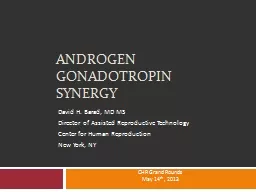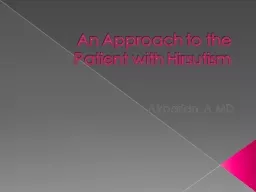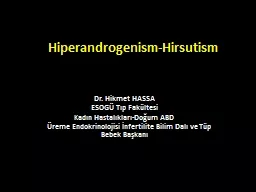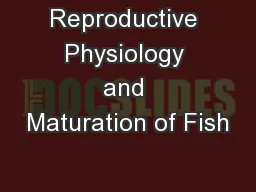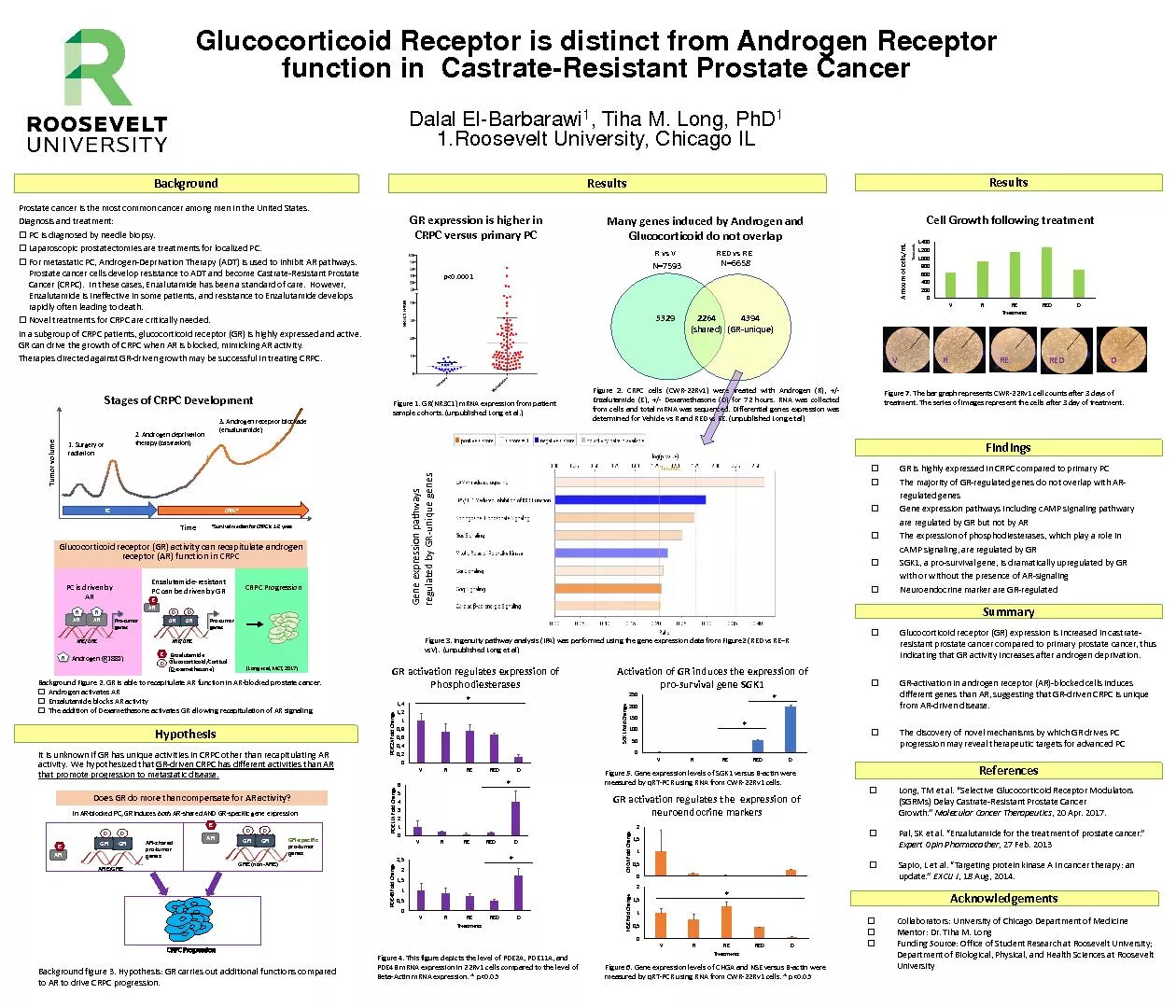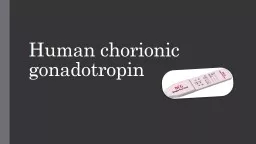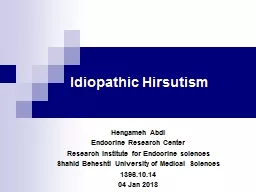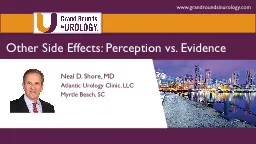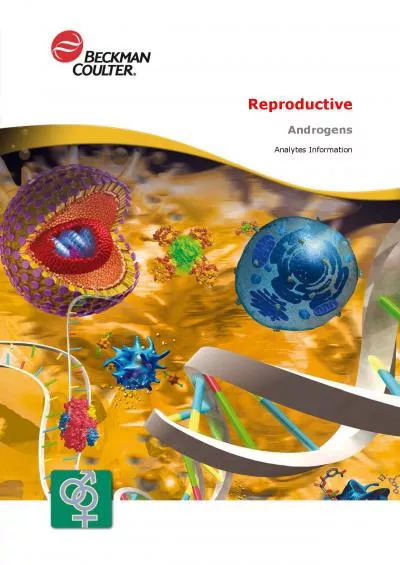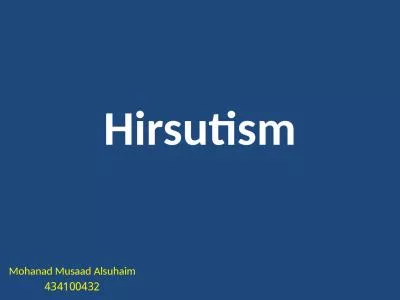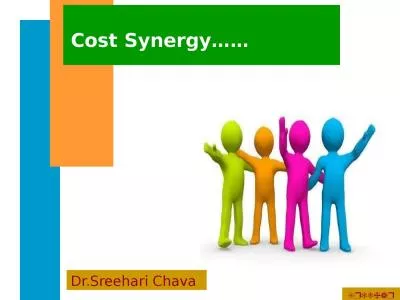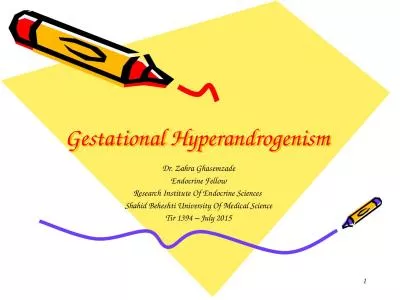PPT-Androgen Gonadotropin Synergy
Author : alida-meadow | Published Date : 2018-09-20
David H Barad MD MS Director of Assisted Reproductive Technology Center for Human Reproduction New York NY CHR Grand Rounds May 14 th 2013 Conflict of Interest
Presentation Embed Code
Download Presentation
Download Presentation The PPT/PDF document "Androgen Gonadotropin Synergy" is the property of its rightful owner. Permission is granted to download and print the materials on this website for personal, non-commercial use only, and to display it on your personal computer provided you do not modify the materials and that you retain all copyright notices contained in the materials. By downloading content from our website, you accept the terms of this agreement.
Androgen Gonadotropin Synergy: Transcript
Download Rules Of Document
"Androgen Gonadotropin Synergy"The content belongs to its owner. You may download and print it for personal use, without modification, and keep all copyright notices. By downloading, you agree to these terms.
Related Documents

